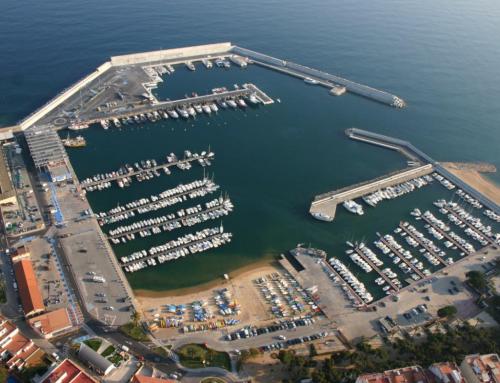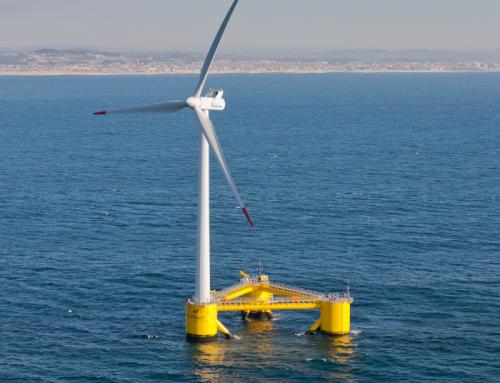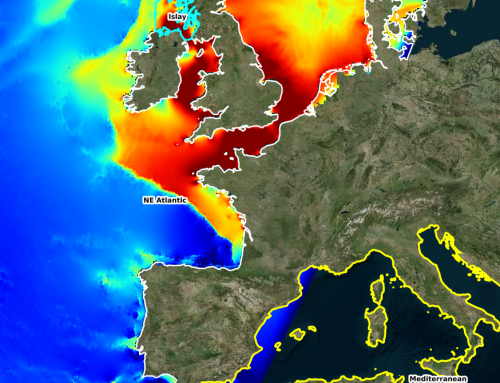Forecasting the short term photovoltaic deliverable
In the frame of solar projects of the Energy Regulatory Commission, NOVELTIS has developed innovating models allowing photovoltaic power plants to forecast their electrical output, a few days in advance.
The operators of photovoltaic power plants need to manage carefully the available solar resource and to optimize the balance on the grid that receives the electricity.
This sets the profitability of the operator, who can:
- Detect losses of yield or malfunctions, through measuring the difference between the short term forecast and the actual production.
- Plan the maintenance operations during the least sunny periods.
- Avoid potential penalties linked to variances between the forecasted productible and the actual production.
This allows also grid managers to anticipate their loads and to:
- Plan using replacement energies (batteries, generators …)
- Plan stocking surplus energy
- Garantee the continuity of service, which is paramount on Non Interconnected Zones (ZNI), which can rely only on themselves.
This also sets the available stock:
- To forecast precisely before noon what will have to be sold the next day on the electricity stock exchange,
- To forecast what will be possible to sell on the intraday market in 45 mn.
Project details
Categories:
Tags:
3D clouds, Photovoltaic, Productible, Solar energy, Solar powerplant forecast, Sustainable development
Share this project:
Forecasting the short term photovoltaic deliverable
In the frame of solar projects of the Energy Regulatory Commission, NOVELTIS has developed innovating models allowing photovoltaic power plants to forecast their electrical output, a few days in advance.
Project details
Categories:
The operators of photovoltaic power plants need to manage carefully the available solar resource and to optimize the balance on the grid that receives the electricity.
This sets the profitability of the operator, who can:
- Detect losses of yield or malfunctions, through measuring the difference between the short term forecast and the actual production.
- Plan the maintenance operations during the least sunny periods.
- Avoid potential penalties linked to variances between the forecasted productible and the actual production.
This allows also grid managers to anticipate their loads and to:
- Plan using replacement energies (batteries, generators …)
- Plan stocking surplus energy
- Garantee the continuity of service, which is paramount on Non Interconnected Zones (ZNI), which can rely only on themselves.
This also sets the available stock:
- To forecast precisely before noon what will have to be sold the next day on the electricity stock exchange,
- To forecast what will be possible to sell on the intraday market in 45 mn.
For the intraday forecast, NOVELTIS, had to take clouds in 3D into account. To allow for differences in cloud behaviors, according to their characteristics and their altitudes: high, medium or low. These clouds vary in terms of direction, speed, luminance, coverage… The move of the various layers of clouds are then modelled to obtain a reliable short term irradiation forecast.
Means used
Results
NOVELTIS offers 2 innovative products for forecasting the photovoltaic productible.




